One of the most beautiful treks across the world—Chadar Trek is a constant in every adrenaline junkie’s bucket list. The main challenge is the extremely cold climatic conditions as this trek requires a walk on the frozen Zanskar River. However, with the right kind of preparation, trekking here can be done easily making it one of the most exhilarating experiences of your life. Here’s a checklist to help you prepare for this amazing trek.
BEFORE THE TREK
1) Physical Fitness

The first and foremost requirement for Chadar Trek is your physical fitness. Make sure you go for this trek only when you are in the pink of your health. Since the trek is arduous and requires walking on a frozen river for five to seven hours every day, your body should be strong enough to bear the temperatures that are beyond the usual tolerance. Exercises must be done before going on the trek to prepare your body for the extreme cold caused by the sub-zero temperatures that plummet to as low as -35 °C. It is better to consult a doctor before planning this trek. Once the plan is finalised, start building your stamina, strength and lung capacity.
2) Mental Preparation
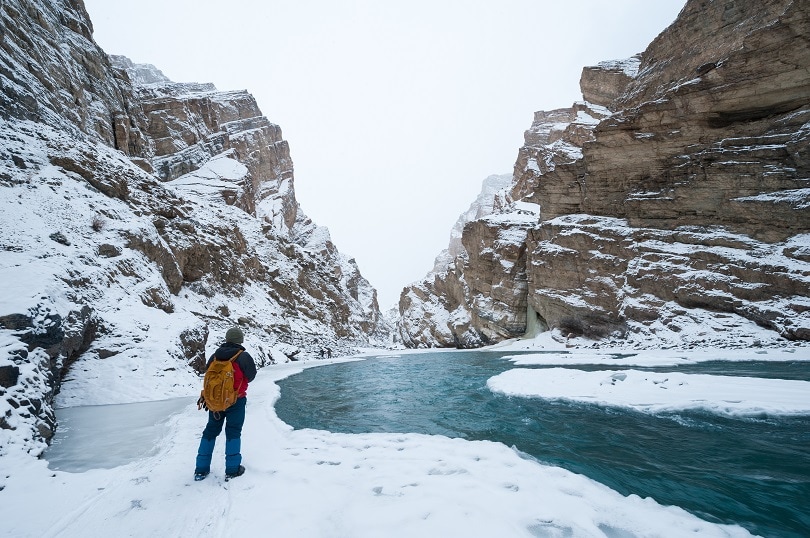
More than anything else, it is the mental preparation that is highly imperative to go on this trek. Since the trek includes walking for almost a week, it requires unwavering enthusiasm to keep you going. You always have to be ready to face challenges and be prepared for situations worse than expected. Even though, merely imagining about the gruesome cold is unnerving, it can easily be battled with the right state of mind.
3) Acclimatisation
Acclimatisation is very important before starting this arduous trek. It helps you adjust to the gradual change in the environment (such as changes in temperature, humidity and pH) to maintain performance while on the trek. It helps you avoid headaches and altitude illness. A minimum of two days of acclimatisation at Leh is necessary. You can engage in sightseeing in nearby monasteries and villages. You should avoid going out in the evening. Getting sufficient sleep before beginning the trek is a must.
BEATING THE COLD
4) Body and Hand Warmers
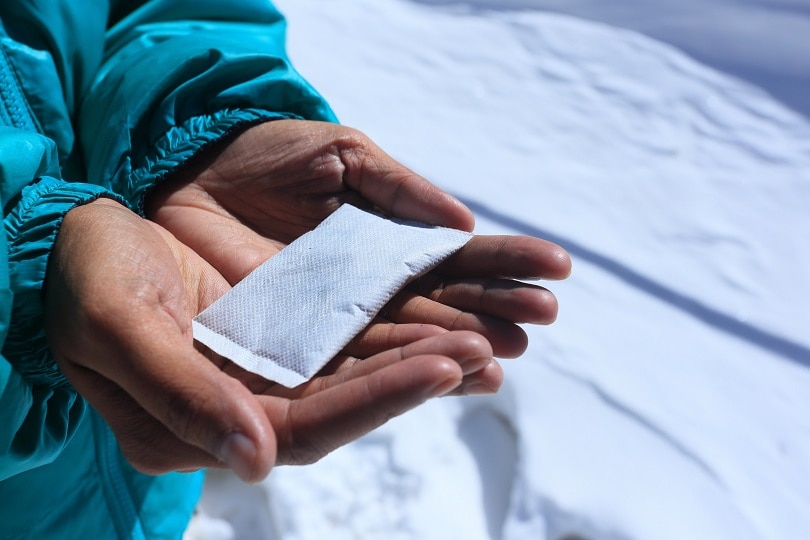
Body and hand warmers are extremely useful in the severely cold climate of Chadar Trek. These come in small exothermic pouches that release heat using oxygen. One warmer can last from four to 20 hours, depending on the type you pick. These are available at different prices and usually come in a pack of two. You can easily tuck these inside your gloves, socks and jackets.
5) Gumboots
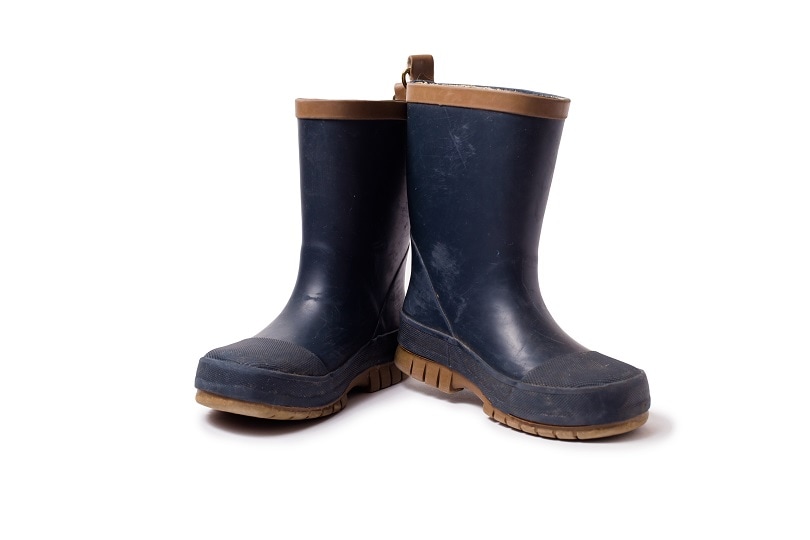
There’s no better alternative than a pair of gumboots when it comes to walking on the ice. These are usually knee length and offer a good grip on the ice. Apart from making your walk easier, these also help in keeping your feet warm and protected from cold. It is advisable to buy gumboots that are at least half a size bigger than what you usually wear as the feet sometimes swell in the cold.
6) Fleece Jacket
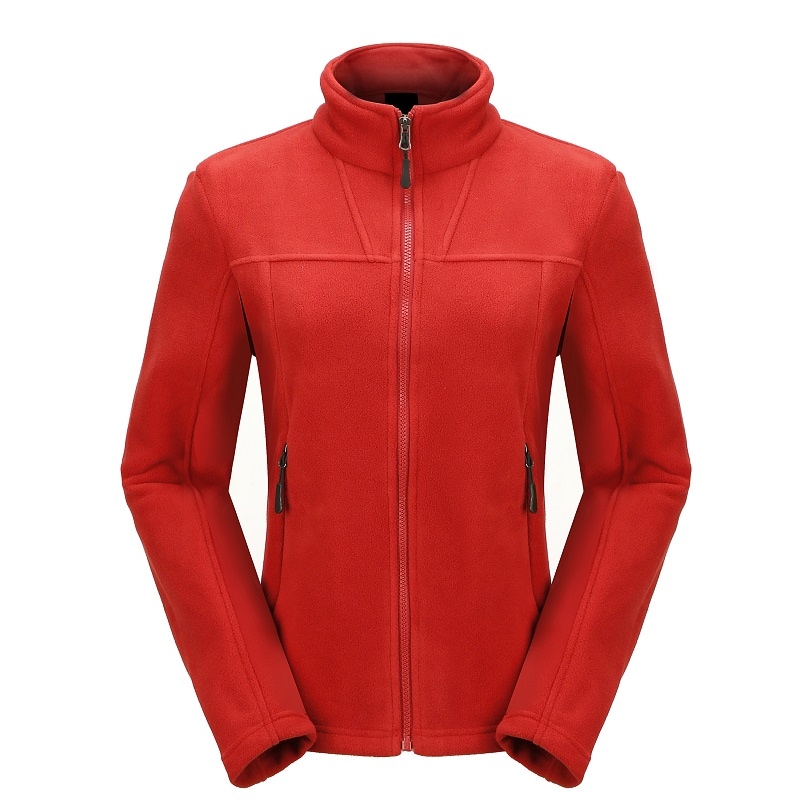
A jacket is an absolute necessity during Chadar Trek. However, deciding on which jacket to carry may become confusing for you. It is recommended that you carry a fleece jacket. Made of synthetic polyester wool, its thermal insulation can hold warmth for a long time even when it gets damp. Also, with a fleece jacket, you don’t have to worry about your luggage getting heavier because it is lightweight and requires less space.
7) Insulating Gloves
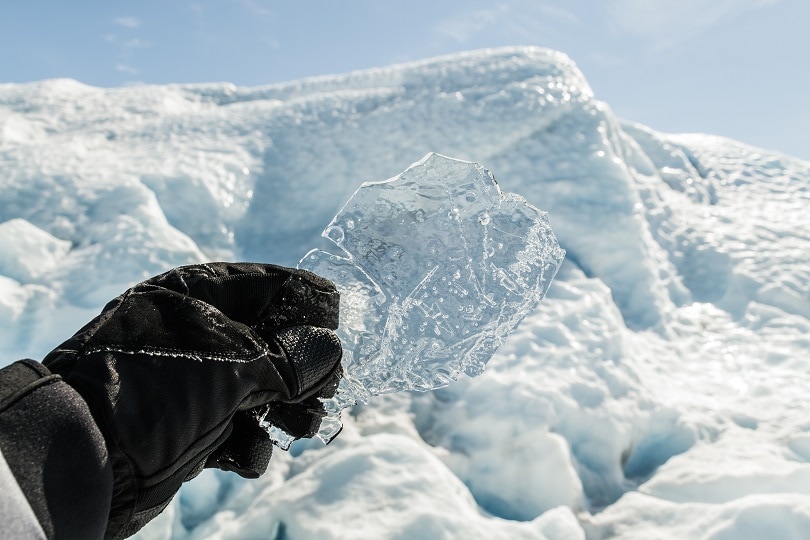
In extreme cold climatic conditions like that of Chadar, apart from keeping your body warm, it is also important to keep your hands protected from the biting cold which is not possible with your regular woollen gloves. For this, you need insulating gloves. With their waterproof and insulating properties, these gloves keep your hands warm and dry by protecting them from snow, ice and rain.
8) Winter Sleeping Bag
Sleeping bags are made of bivouac sack, which is waterproof. There are two types of winter sleeping bags available in the market—synthetic and down. A bit heavier, synthetic ones are more insulating and flexible. Down sleeping bags, due to their light weight and lesser volume, provide sound insulation. However, they are more sensitive to damp. Your trek agency generally provides you with a sleeping bag. However, it is advisable to carry your own in case of an emergency.
9) Balaclava Buff
Balaclava buffs are extremely important to safeguard your head from cold. These play a chief role in protecting your face and head. You must opt for a Balaclava buff which is made of a thick woollen material. The unique thing about Balaclava buffs is that these act as a cap, headband, helmet and neck warmer at the same time. These are extremely useful during snow storms and cold winds.
10) Extra Pairs of Socks
Cold affects feet very quickly. Frostbite in toes is one of the common reactions of the body to the extreme cold conditions. Hence, it is necessary to wear at least two layers of socks to keep your feet warm. Socks also protect your feet from rashes or any bacterial infection when water gets in your shoes. You can pack your socks in a dry waterproof bag so that they don’t get wet even when it snows.
ESSENTIALS FOR THE TREK
11) Water Purification Pills
Even though water from the Himalayas is considered pure and safe, it is advisable to carry water purification pills. The Chadar Trek is long and arduous—it is better to mitigate any risk of contracting gastrointestinal or other water-borne diseases. It is advised to use aquatabs instead of iodine-based purification pills as iodine is known to cause side effects. Aquatabs dissolve easily in water and clean it within a minute without any residue.
12)Trekking Bottles
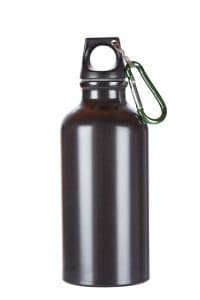
Regular water bottles become redundant on the Chadar Trek. The temperature drops below zero; the water in regular bottles becomes freezing and unfit for drinking. Hence, you should carry a trekking bottle with you. While choosing the water bottle, make sure that the bottle is durable, lightweight and compatible with water filters.
13) Extra Batteries for Electronics

Due to extremely cold conditions of Chadar Trek, batteries drain faster. You would not want to miss out on capturing a frozen waterfall or a majestic cave because of your camera’s low battery. So, remember to pack extra batteries for all your electronic devices like torches, iPads and cameras to keep them working for a longer duration. The extra batteries must be packed in a dry, moisture-free bag.
14) Camp Shoes
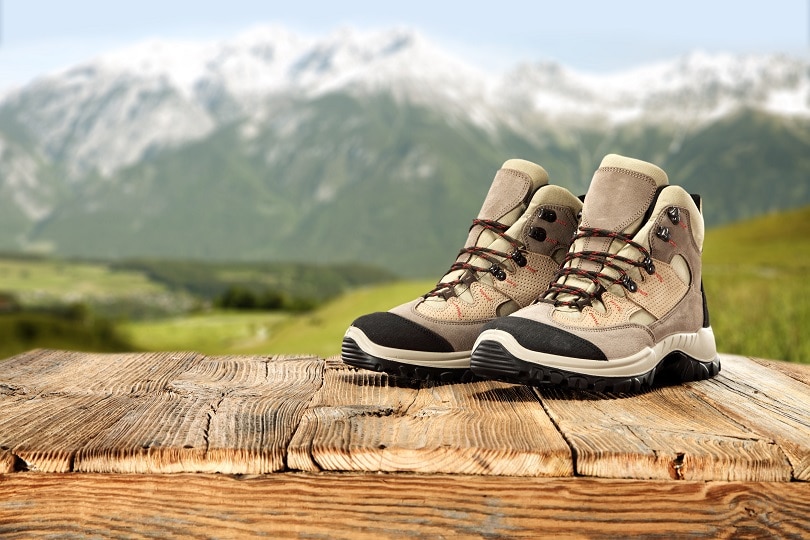
Even though gum boots are best for walking on the ice, it is not easy to wear them for days. Hence, you should pack a pair of camp shoes as well. You can put them on to relax your feet when you are not trekking. These can also be useful for hiking on dry surfaces—like when the ice is brittle and you are forced to find your way on rocks. These can come in handy, in case your gumboot gets wet. Make sure the shoes that you carry provide comfortable arch support.
15) Waterproof Sack Cover
Waterproof sack covers are necessary to protect the contents of your bag from snow or rain. These are available in various sizes. You must pack your gadgets like camera, torch, etc. in a dry sack. While putting clothes inside the covers, make sure that they are dry. Carry some extra waterproof covers for an emergency. Also, buy a rucksack cover to protect your backpack.
16) Pee Bottle
Pee bottles can prove to be very useful for doing your business when there is no place to go or in the situation of a snowstorm. These have wide open mouths allowing you to relieve yourself comfortably. However, you must be careful about the fact that these occupy a lot of space. Alternatively, you can also carry flat bottomed cook-in-bags which serve the same purpose without taking much of your packing space.
17) Antifungal Body Powder
Walking on the ice at a stretch makes you susceptible to fungal infections. The chances of fungal infection increase when you have to wade through water. Hence, carrying an antifungal powder is essential. Purchase a dermatologically tested and recommended antifungal powder and trek without worrying about common fungal infections like athlete’s foot, ringworm, itching, scaling and burning. Also, using your antifungal powder or cream with an antifungal soap can protect from several severe infections.
18) Hat with Retention Cord
Retention cord is necessary to keep your hat intact on windy days. You must choose a lightweight hat. It must have sun protection to block UV rays. The fabric should be quick drying and brim should be around 2.5-inches; just large enough for complete coverage of your nose, ears and neck.
19) Stream Crossing Sandals
Stream crossing sandals are essential to keep your boots from getting wet while wading through water. These also protect your feet and ankles. These sandals should be light in weight and well-fitted. These should have enough straps to stay intact to your feet under water. While buying, make sure that these are easy to slip on and off, and quick to dry.
20) Sunglasses

Sunglasses protect your eyes from sun’s potentially dangerous ultra-violet radiations. Opt for a polarised one as it safeguards your eyes from reflected glare as well as snow, ice and water which are equally harmful. Avoid buying glasses with a blue tint as they can’t block the UV rays. Side shields can also be used to get total eye protection from the UV rays.
OTHER ESSENTIALS
21) Spare Clothing
You must pack some extra clothing when you go for the Chadar Trek—you might feel colder than expected and need more clothes to keep you warm. Also, your clothes can get wet or soiled and you may need to change. Also, carry an extra pair of trousers, a loose long sleeved shirt, a thick jumper, undergarments, gloves, thermals and a towel.
20) Emergency Food Items
You need a lot of energy to keep walking on the frozen Zanskar River for hours. Carry energy drinks, chocolates, dry fruits and cookies; if you are a non-vegetarian, carry canned fishes. Make sure not to carry any perishable items. Choose food items that provide high calories per kilogram. However, it is advisable not to spend a lot of money on food, lest it goes to waste.
23) First Aid Kit
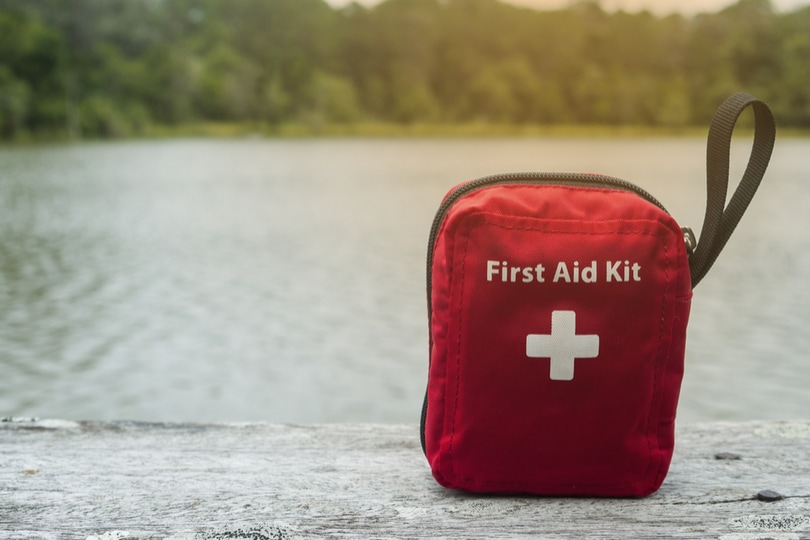
While going for a trek, it is mandatory to carry a personal first-aid kit that comes in handy in case of a medical emergency. Your first-aid kit must include disprin, crocin, digene, norflox, betadine/soframycin, dettol, cotton buds, bandages, band-aids, a crepe bandage, wet tissues, moov spray and hand sanitizer.
Now, that you have the complete list in front of you—forget all your worries, gather all the necessary equipment and get ready to embark on a hassle-free journey on the frozen Zanskar River amid the astounding beauty of Himalayas. Book your Chadar Trek tour package now!
- Top 16 Things to do in Kolkata in 24-hours - July 25, 2019
- Savour These Delicacies While in Bali for a True Gastronomical Treat! - May 29, 2019
- A Seasonal Guide to Sri Lanka – The Pearl of the Indian Ocean 2019 & 2020 - May 24, 2019
- Six Experiences You Mustn’t Miss in Sri Lanka for A Fabulous Trip! - May 24, 2019
- 5 Bazaar Ramadan terbaik di Kuala Lumpur. - May 15, 2019
- Planning to Visit Ladakh? Here is a Seasonal Guide to Help You Plan Your Trip - May 8, 2019
- Visit These Places in Bali For an Exciting Vacation in The Tropical Island! - May 7, 2019
- 8 Best Places to Spend Your Vacation in the Hills of Himachal Pradesh - April 17, 2019
- Places to Visit in Thailand - April 16, 2019
- Want to Visit Bali at Minimum Cost? Follow Our Guide to Travel Bali on a Budget! - April 12, 2019

